| TALES OF HEATH & POND |
VISITOR'S GUEST BOOK | HISTORY OF THE HEATH & POND | GUESTS' PHOTOGRAPHS | SOURCES OF INFORMATION | VIDEOS | SITE MAP |
Jackdaws
To see a larger copy of each image click on it; to see the next large image click at the right of the image, to go back click on the left of the image. To close a large image click on the cross in the top right hand corner.
New photographs are usually added to the bottom of the page - click to go to the bottom of this page
2021 |
||
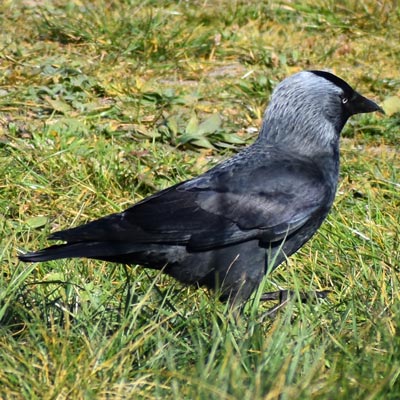 |
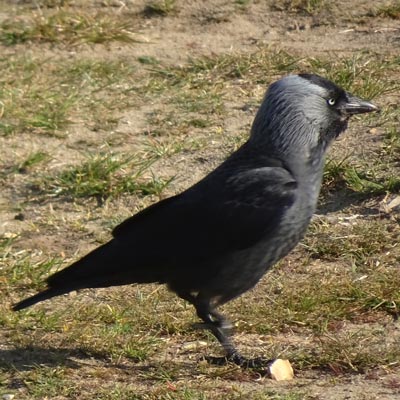 |
|
The jackdaw call is a familiar hard 'tchack' from which it gets its name. These small crows are highly intelligent and social, and easily pick up tricks and new skills in the wild as well as in captivity. Once a tame jackdaw was trained by some Italian thieves to steal money from cash machines but it’s more common to see them working out how to gain access to bird feeders! Jackdaws can even identify individual humans, although we’re not entirely sure how they do it. Only a few animals are capable of this, with the others including other corvids like magpies and crows, as well as chimpanzees and pigeons. Jackdaws are the smallest member of the crow family (collectively known as corvids), which also includes ravens, crows, rooks, jays and magpies. Like most of their cousins, jackdaws are just as much at home in farmland and woodland, as they are in urban landscapes. The latter is thanks to their adaptability and intelligence. |
Jackdaw eggs are pale blue or blue-green and generally covered with darker speckles. A jackdaw nest will normally have 4 or 5 eggs, but they all hatch at different times, which means the youngest chick has a significantly lower chance of survival than the eldest. Jackdaws form strong pair bonds with their mates and are renowned for their devotion towards their partner. Even if they suffer from a few years of unsuccessful breeding, they still stay together, potentially due to the fact that they have invested so much time and energy into trying to raise young together. As well as breeding in colonies, jackdaws also roost and feed together. If one jackdaw finds a particularly good supply of food, it will regularly come back to the same area, sometimes encouraging other jackdaws to ‘tag’ along. These birds are often also seen feeding alongside rooks and carrion crows. |
|
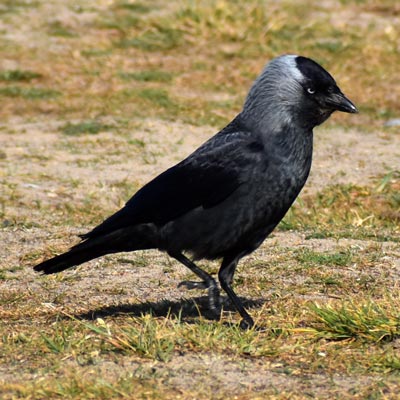 |
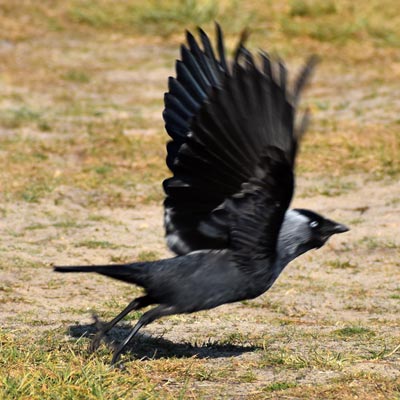 |
|
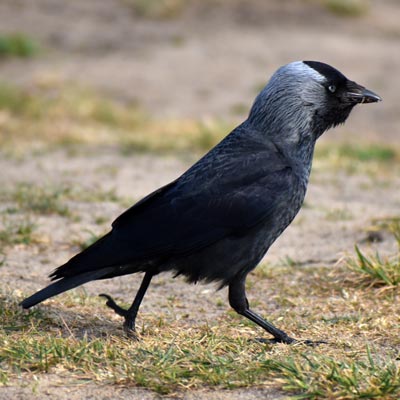 |
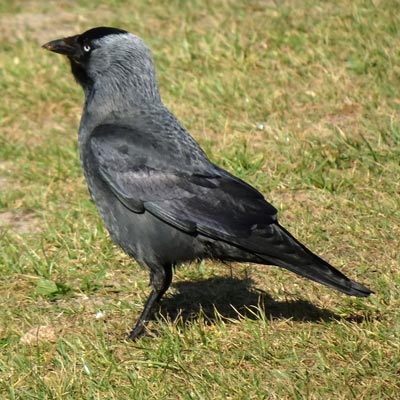 |
|
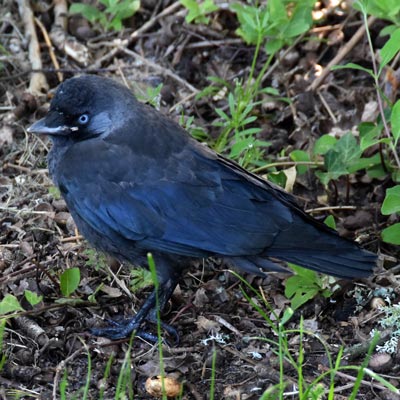 |
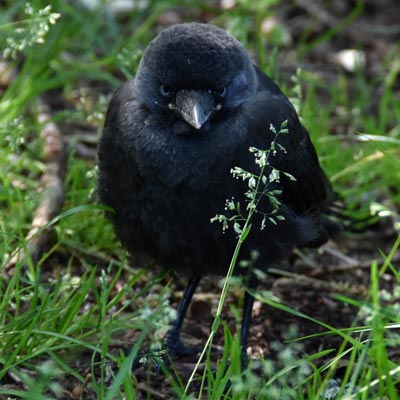 |
|
| Go to the top of this page | ||